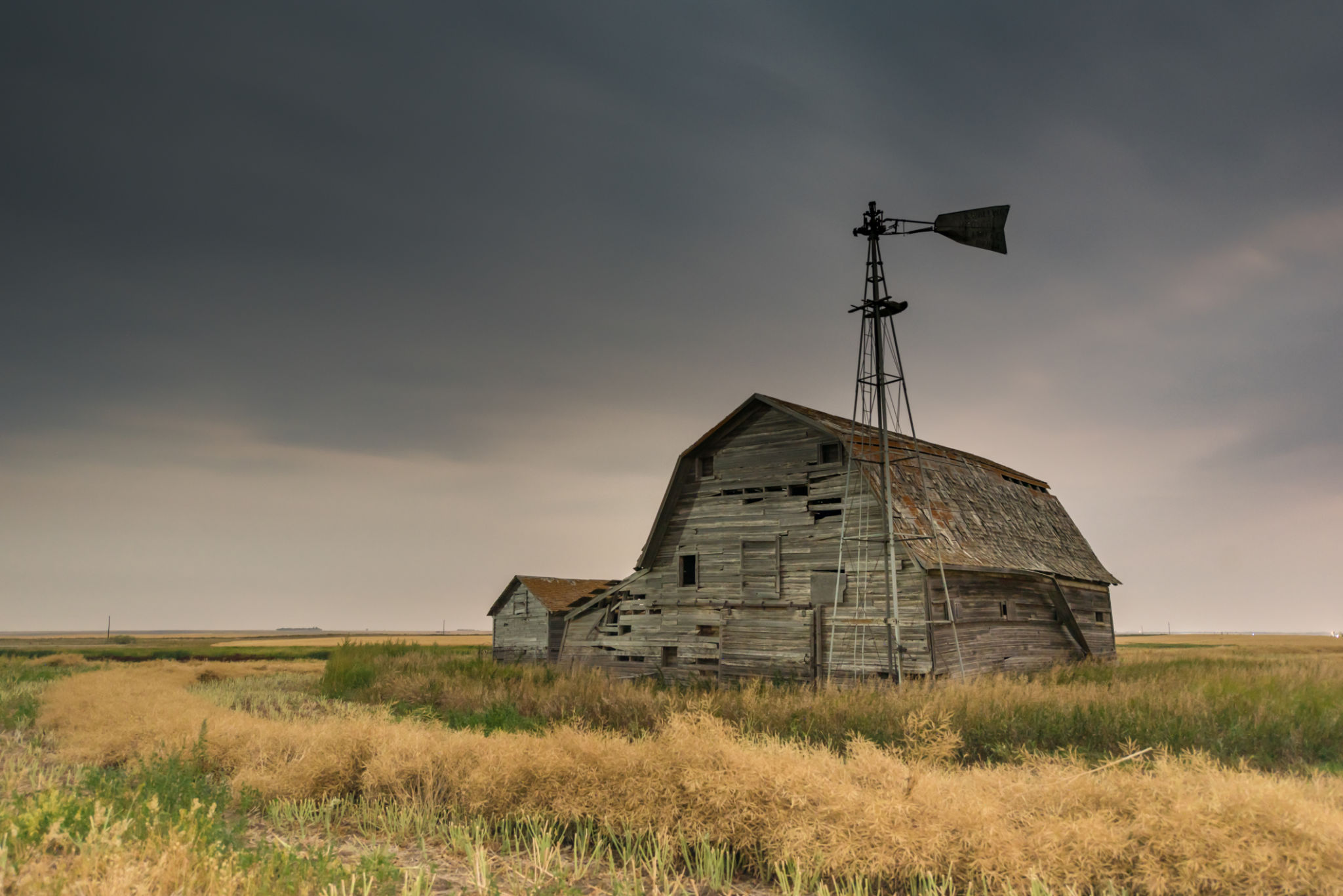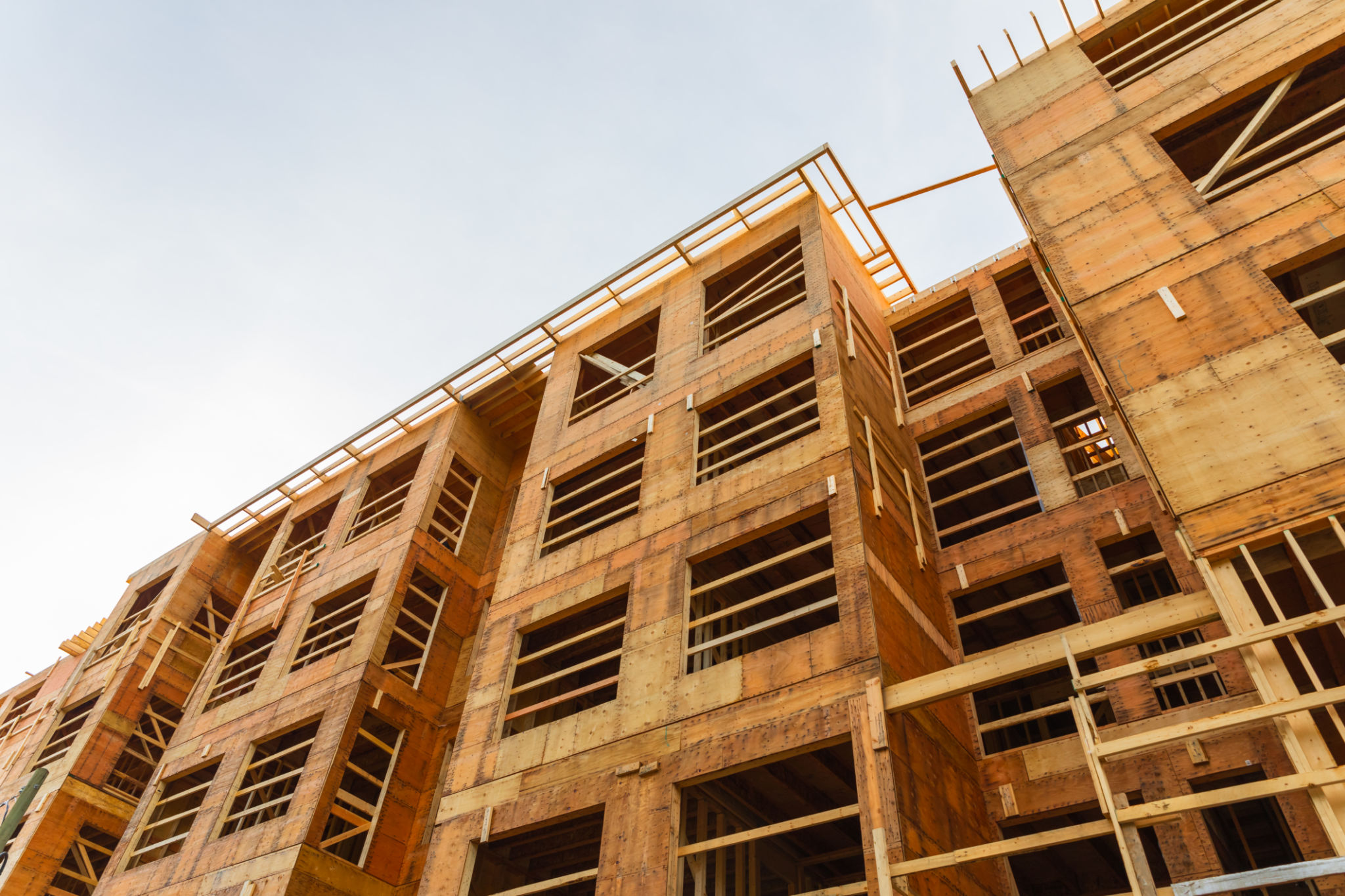Understanding the Unique Challenges of Barn Restoration in Western Canada
Introduction to Barn Restoration
Barn restoration in Western Canada presents a unique set of challenges, influenced by the region's climate, historical significance, and local regulations. Restoring these structures is not just about preserving the past but also about adapting them for modern use. Understanding these challenges is key to a successful restoration project.
Western Canada's barns are often rich in history, with many dating back to the early 20th century. These structures were originally built to withstand the harsh weather conditions of the region, but time has taken its toll. As a result, restoring a barn requires a delicate balance between maintaining historical integrity and ensuring structural safety.

Dealing with Weather Conditions
The climate in Western Canada can be particularly challenging for barn restoration. The region experiences cold winters, heavy snowfall, and strong winds, all of which can cause significant wear and tear on these old structures. Restorers must consider weather-resistant materials and techniques to protect the barn from further damage.
One crucial aspect is the roof. Many barns have traditional wooden shingles, which may need replacing with more durable materials like metal or composite shingles to withstand the elements. Additionally, proper insulation and ventilation are essential to prevent moisture buildup and wood rot.
Preserving Historical Integrity
Preserving the historical integrity of a barn is often a top priority for restoration projects. This involves maintaining original features like timber frames, stone foundations, and even the distinctive red paint commonly associated with barns. However, finding authentic materials can be difficult, requiring restorers to source reclaimed wood or custom fabricate certain elements.

Attention to detail is crucial when restoring these historical features. For instance, preserving the original joinery techniques used in timber framing can enhance the authenticity of the restoration. It may also involve meticulous research into the barn's history to understand its original design and purpose.
Navigating Regulatory Requirements
Restoration projects in Western Canada must comply with local regulations and building codes. Depending on the barn's location and historical status, there may be specific guidelines on what can and cannot be altered. Restorers must work closely with local heritage organizations and building inspectors to ensure compliance.
These regulations often cover aspects such as structural safety, fire protection, and accessibility. Navigating these requirements can be complex, requiring expertise in both historical preservation and modern building standards.

Incorporating Modern Uses
While preserving history is important, many barn restorations also aim to adapt these structures for modern uses. Whether transforming a barn into a home, event space, or agricultural facility, restorers must consider modern amenities without compromising historical character.
This might involve installing modern utilities such as plumbing, electricity, and heating systems. The challenge lies in integrating these features subtly so that they do not detract from the barn's aesthetic appeal.
Conclusion
Barn restoration in Western Canada is a rewarding yet challenging endeavor. By understanding and addressing the unique challenges of climate, historical preservation, regulatory compliance, and modern adaptation, restorers can breathe new life into these iconic structures. With careful planning and execution, restored barns can continue to serve as functional spaces while preserving a piece of Canadian heritage.